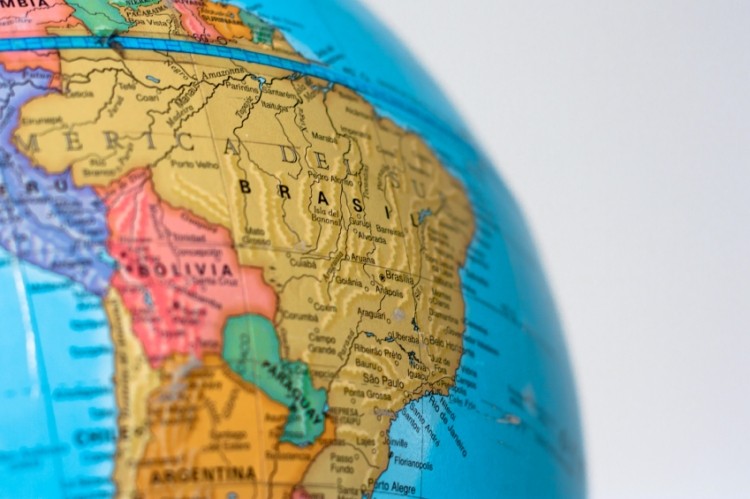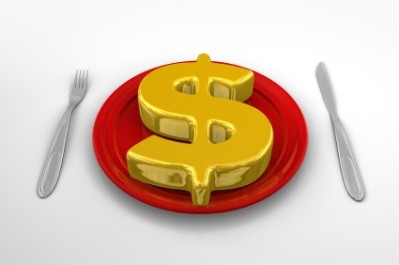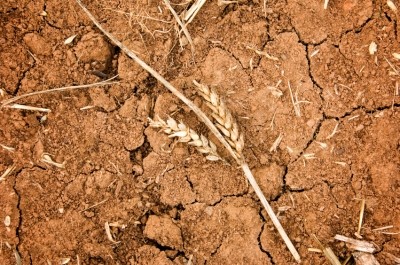FAO-OECD: Global food prices set to remain low to 2024

Food prices are predicted to remain above levels seen in the mid-2000s, but are not expected to spike as they did in the global food crisis of 2007-2008, the organisations said – although such a scenario could never be eliminated.
“We have now a more normal situation,” said OECD Secretary-General Angel Gurría, at a press conference presenting the Agricultural Outlook 2015-2024 in Paris on Wednesday.
"The outlook for global agriculture is calmer than it has been in recent years, but there is no room for complacency, as we cannot rule out the risk of new price spikes in the coming years,” he added in a statement.
"Governments should take advantage of the current conditions to concentrate on developing policies that raise productivity, boost innovation, better manage risk and ensure that robust agriculture systems benefit consumers and farmers alike.”
Lower oil prices would lead to lower prices for agricultural inputs such as fertiliser and pesticides, thereby helping to keep food prices down, the organisations predicted – and this would also suppress demand for alternative biofuels made from food crops.
Protein demand
Examining demand for protein over the coming decade, the report predicted that meat consumption would increase by an average of 1.4% per year, and account for about 16% of additional protein intake. Poultry consumption would grow at a faster rate, of 2% per year, it said, and would account for half of the extra meat consumed in 2024.
“In contrast to total caloric intake, which remains largely stagnant in the developed world, protein intake on a per capita basis continues to increase across countries at all income levels,” the report said. “…The share of meat in total protein intake ranges from 9% in least developed countries to almost 26% in developed countries and shows an increasing trend.”
Gurría told reporters: “We have proven again and again that the sector will deliver,” and noted that a third of crops are lost in some of the world’s poorest countries because of a lack of infrastructure, meaning that in a sense “we are already producing for 2050”.
However, production of other protein sources were also expected to rise, particularly fish, which is expected to increase 19% above current levels, and dairy, which is predicted to increase by 23% in the same period.
The outlook also includes a special focus on Brazil.
“Based on current trends, we expect Brazil to be the biggest supplier in meeting the world’s additional demand for food,” Gurría said, adding that it had attained this position mainly through increasing productivity rather than through expanding agricultural area.

!["As food is only one area of expenditure that must be met by households, it is difficult to see how low-income families could afford the cost of the minimum essential [healthy] food basket," says the report.](/var/wrbm_gb_food_pharma/storage/images/_aliases/wrbm_medium/7/8/5/5/3405587-1-eng-GB/Low-income-families-need-to-spend-one-third-of-income-to-eat-healthily.jpg)






















